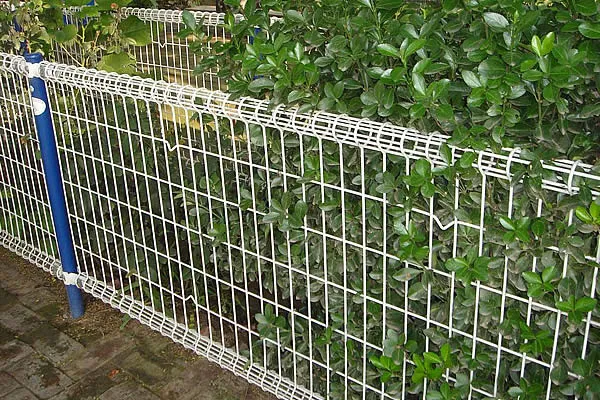 TEL:
+86-13102802206
TEL:
+86-13102802206
 Email:
fencenetting@china.com
Email:
fencenetting@china.com
 Language
Language
 TEL:
+86-13102802206
TEL:
+86-13102802206
 Email:
fencenetting@china.com
Email:
fencenetting@china.com
 Language
Language


Installing a Chain Link Fence A Step-by-Step Guide
When it comes to securing your property while enhancing its aesthetic appeal, a chain link fence is an excellent choice. Known for its durability, versatility, and relatively low cost, this type of fencing can serve various purposes, from delineating property boundaries to keeping pets safe. If you’re considering installing a chain link fence, here’s a detailed guide to help you through the process.
Materials and Tools Needed
Before starting your project, gather all the necessary materials and tools. Here’s a list of what you’ll need
Materials - Chain link fabric - Fence posts (terminal and line posts) - Top rails - Tension wire - Fence ties - Post caps - Concrete mix (for setting posts)
Tools - Post hole digger or auger - Level - Measuring tape - Wire cutters - Pliers - Wrench - Hammer - Safety gear (gloves and goggles)
Step 1 Plan Your Layout
The first step in installing a chain link fence is to plan the layout. Use stakes and string to outline where the fence will go. This will help visualize the dimensions and ensure that you are adhering to any local zoning regulations. Consider obtaining a permit if required by your municipality.
Step 2 Measure and Mark
Once your layout is set, measure the perimeter to determine how much chain link fabric and hardware you will need
. Mark the positions of the posts using spray paint or flags, ensuring that the distance between the posts typically doesn’t exceed 10 feet to maintain stability.Step 3 Digging the Post Holes
Next, it’s time to dig the post holes. The holes should be at least 2 to 3 feet deep, depending on your local frost line. A deeper hole will provide better stability for your fence. If you’re making a tall fence, consider going deeper for added support.

Step 4 Setting the Posts
After digging, place your terminal posts at the corner and ends of the fence. Line posts should go in between these terminal posts. Pour concrete into the holes around the posts, making sure each post is straight using a level. Allow the concrete to set according to the manufacturer's instructions, usually 24 to 48 hours.
Step 5 Attaching the Top Rail
Once the posts are secure, it’s time to install the top rail. The top rail provides stability and should be attached to the terminal posts with connectors. Make sure the top rail is level as you proceed. If you have a long fence line, you may need to use a splice to connect two rails.
Step 6 Installing the Chain Link Fabric
With the top rail in place, unroll the chain link fabric along the length of the fence. Attach the fabric to the terminal posts using wire ties, ensuring it is taut. You can use a come-along tool to help stretch the fabric if necessary. Secure the chain link to the line posts with fence ties, making sure it’s tightly fastened to maintain its strength.
Step 7 Adding Tension Wire
To enhance the structural integrity of your fence, installing a tension wire at the bottom can help prevent sagging and strengthen the overall fence. Tie it to the bottom of the fabric and secure it to the line posts.
Step 8 Finishing Touches
Finally, add post caps to the tops of your posts to give the fence a polished look and protect the posts from weather damage. Review the entire installation, making sure everything is secure and level.
Conclusion
Installing a chain link fence may seem daunting, but with the right planning and tools, it can be a manageable DIY project. Not only does it provide security and privacy, but it also adds value to your property. Remember to check local regulations, and don’t hesitate to seek help if needed. Happy fencing!